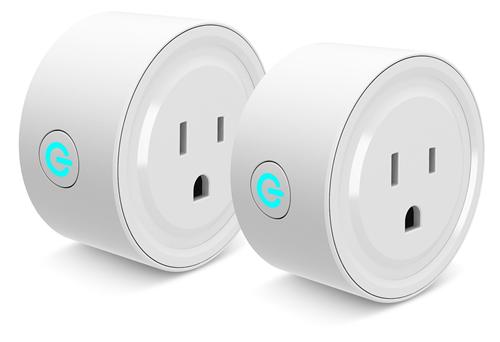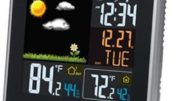Most of us grew up thinking of a future where our homes could be controlled by our voices. And then, it happened. And funny thing about that. Just as quickly as the whole smart home revolution started, it sort of… peaked. I bet you have several smart home devices. When was the last time you used them for something other than playing music or setting a timer? When you walk in a room, do you say “Alexa, lights on” or do you just… flip the switch?
It turns out that as long as your hands are free, it’s a lot easier to control our appliances and devices without talking to them. And sure, it’s occasionally fun to turn up the thermostat without walking over to it, but come on. You know you need the exercise.
Can you believe it’s been a decade?
For many of us, our first experience with a natural language processor and voice command system was Apple’s Siri. The original version of Siri was released in 2010 as a separate app and it was integrated into the operating system in 2011. That’s a decade ago! Since then Siri’s settled into the slow lane while Amazon’s Alexa technology lapped it over and over. Not that Alexa is easier or better, but the ability to connect to so many devices makes it more useful.
Where do we go from here?
We all have our smart outlets. We have devices that can control them. If you’ve bought an appliance in the last five years, it might have some sort of smart tech built in. We’re on the way to having truly smart homes. But the question is, what do we do with them? That’s where we seem to have stopped.
I’ve been thinking about this very thing, and here’s a few of the things I’d like to see in my smart home:
Theft protection
Alarms and monitoring systems have gotten much cheaper in recent years. There was a time when alarms took professional installation and the monitoring fees were steep. Today, self-installs are easy and it’s all done with bots in the cloud. I’d like to see more theft awareness. Don’t just tell me if someone’s at the door. Tell me if they’re at the door and then there’s movement at the window. Tell me if my TV is disconnected or if my jewelry box moves. And then, give me the option to alert the authorities with one button. A lot of this could be done now if all the systems involved could talk to each other.
More location tracking
Tiles, AirTags, and other devices have proven that you can produce small, rugged GPS trackers. The infrastructure for tracking them is growing. But the whole thing needs to be more pervasive and less expensive. Imagine a tracker that costs 10¢ or less and is rugged enough to be run over with a car or submerged in water. This kind of tracker could be built into nearly everything. Forget about finding your keys, I’m talking about finding your socks. Imagine if high-dollar purchases had this tracker pre-enabled. Buy your next phone and get a code sent to you that lets you track it in real time before it gets to you. And once it’s home, have your devices alert you if you’ve left them behind. Apple is already starting that part but there’s more work to be done there.
Real meshing
One of the most annoying parts of our digital lives is the “dead spot.” You have several in your home. You can put in a mesh network system or a cell phone signal booster, or both. But what if all the devices in your home were basically Wi-Fi repeaters? If your smart outlet was in range of Wi-Fi, and your phone wasn’t, your phone would automatically hitch its networking from your outlet. And, there would be some sort of “trust” system which would allow you to connect to the mesh systems of places you trust. Most phones do allow you to connect to trusted Wi-Fi networks like Starbucks, but this could go further
What could stop all of this
Of course, the real issue with all of this connectivity is security. It wasn’t that long ago that you had to actually break into someone’s home to mess them up. Today you can do it by hacking their doorbell, thermostat, refrigerator, and whatnot. All of these improvements have to be secure and people have to trust them. I think that’s what’s held back smart home for the most part anyway.
If we can’t trust the systems around them, we won’t use them. So, let’s build that first. I don’t know how you do it, but I’m sure smarter people than me are thinking about it.
In the meantime, if you need smart home products or anything else to help you live your best digital life, shop at Solid Signal!





